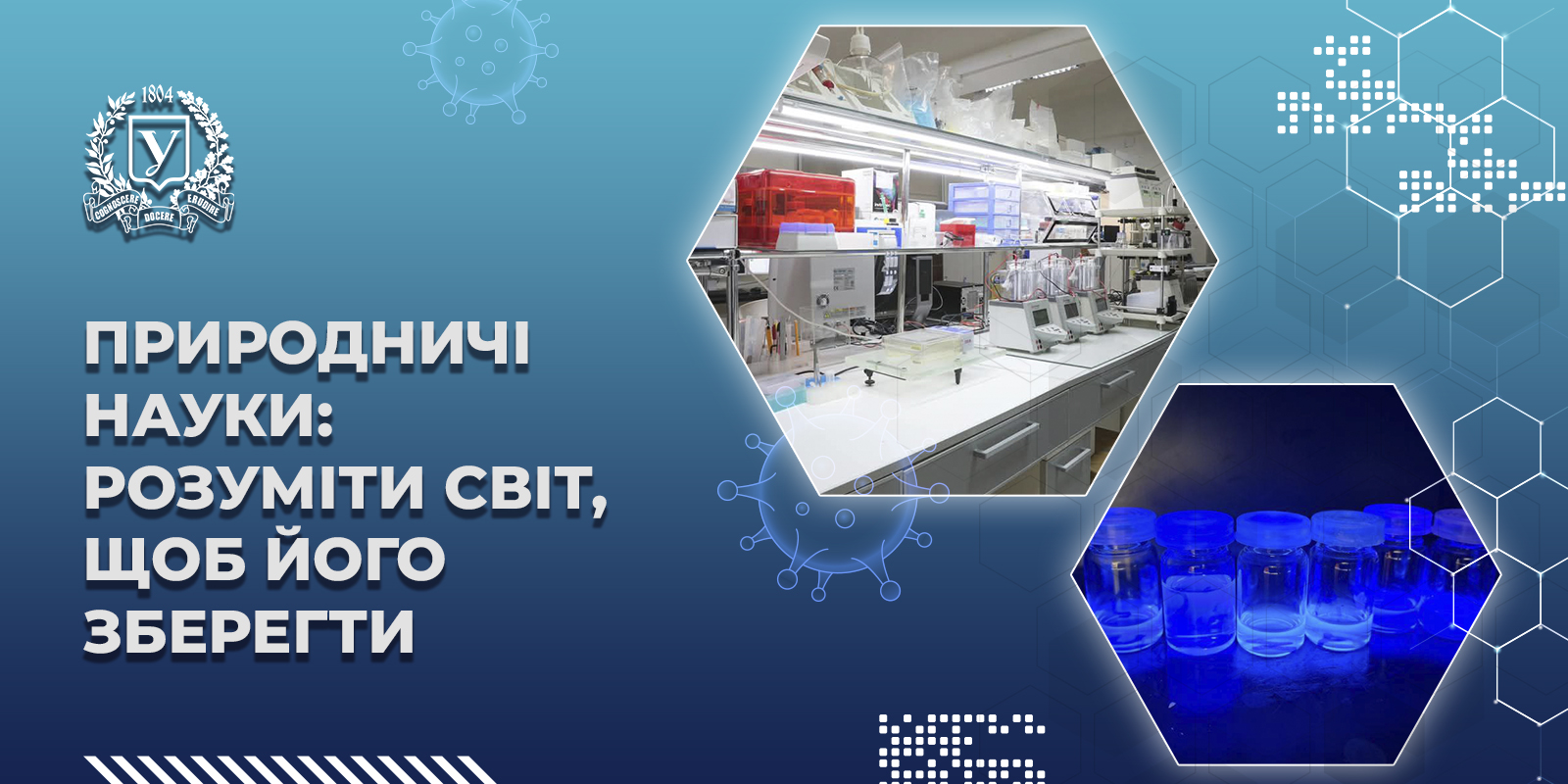Participants of the Nuclear Physics Summer School visited the 'UFTI. Museum and Cultural Complex'
.jpg)
On August 22, a tour took place at the "UFTI. Museum and Cultural Complex," also known as the "Old Site" of the National Science Center "Kharkiv Institute of Physics and Technology."
Significant events for Ukrainian science once took place within the walls of the Ukrainian Institute of Physics and Technology! In particular, the world-renowned school of theoretical physics was established here, physical experiments were conducted, and scientific discoveries were made.
The children visited various locations on the site. Tour guide Volodymyr Dyatkov showed the visitors around the main building, the high-voltage and mathematical buildings, as well as the Lumzi and Van de Graaff buildings. The children also explored the grounds, where they saw the exhibition area, "Dog Alley," and the memorial site "Paton’s Oak." One of the key moments of the tour was a visit to the office of Nobel laureate Lev Landau.
The students of the Summer School were deeply impressed by this trip! Olena Leunenko noted that the atmosphere in the scientific facilities was reminiscent of the "vibe of the game S.T.A.L.K.E.R.," while Mariia Moroz shared her feelings: "I am very happy to visit this amazing place, as it's not every day you get to see accelerators, and not everyone is allowed here. I am very glad to have been here; it's very interesting!"
The importance of this excursion was also emphasized by the Director of the Education and Research Institute "School of Physics and Technology," Pylyp Kuznetsov: "This visit is very important because it was here in 1932 that the lithium atom's nucleus was split. Renowned scientists such as L. Landau, A. Walter, L. Shubnikov, and others worked here. The children could see modern accelerators, the conditions in which scientists work, real scientific processes, and effectively engage with this science. We visited historical places where nuclear physics science was essentially built. This visit is crucial because it's essential to understand how science is developing, in what direction it is moving, and what the prospects are. It's important that the children saw everything with their own eyes, handled the instruments, and talked to the scientists on what they do now.



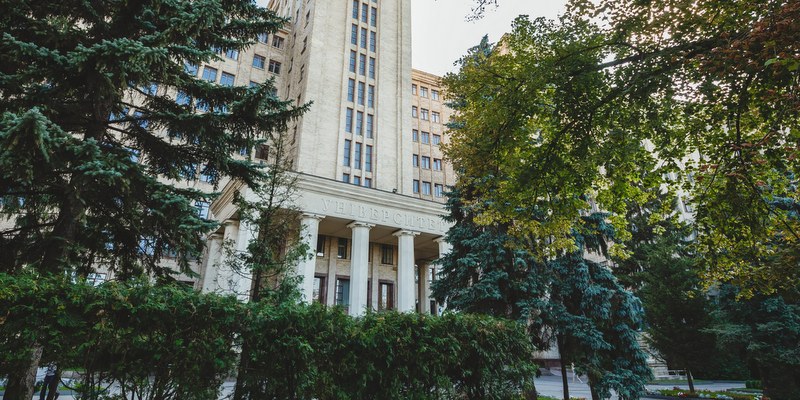
.jpg)
.png)
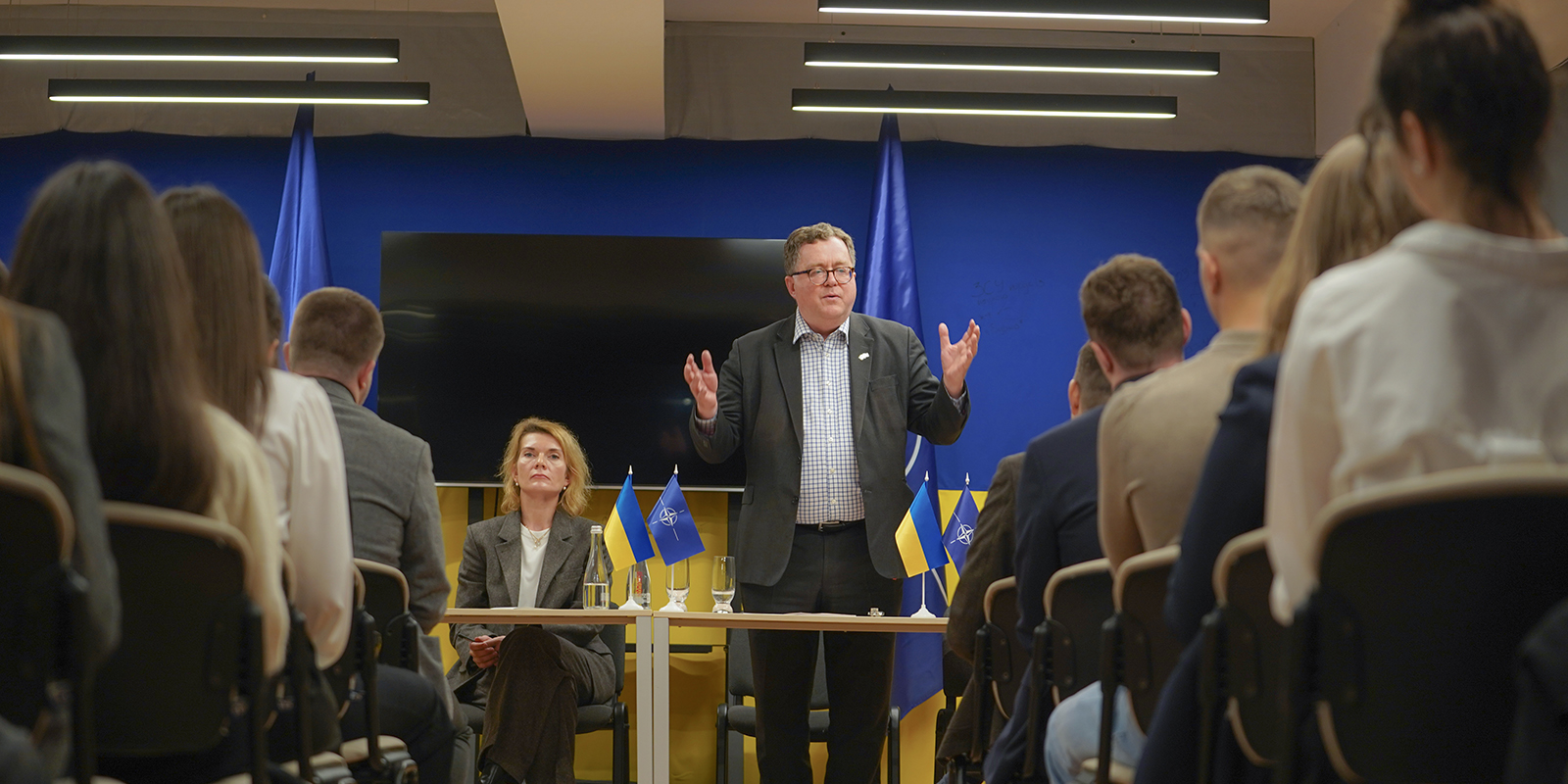
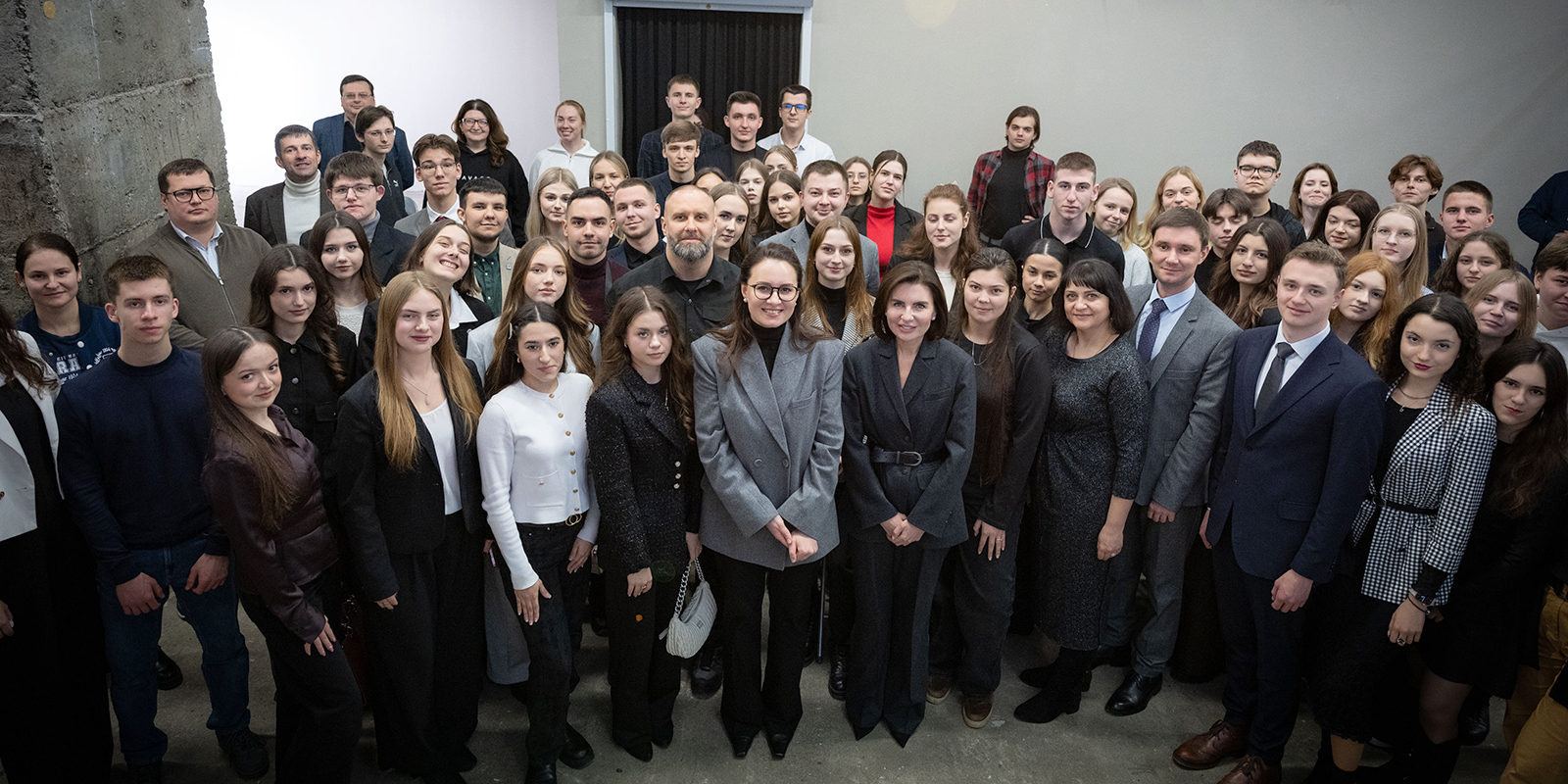
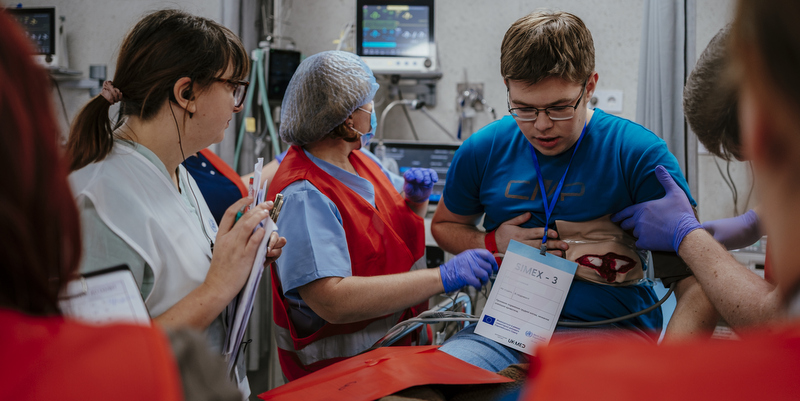


%20(1).jpg)
